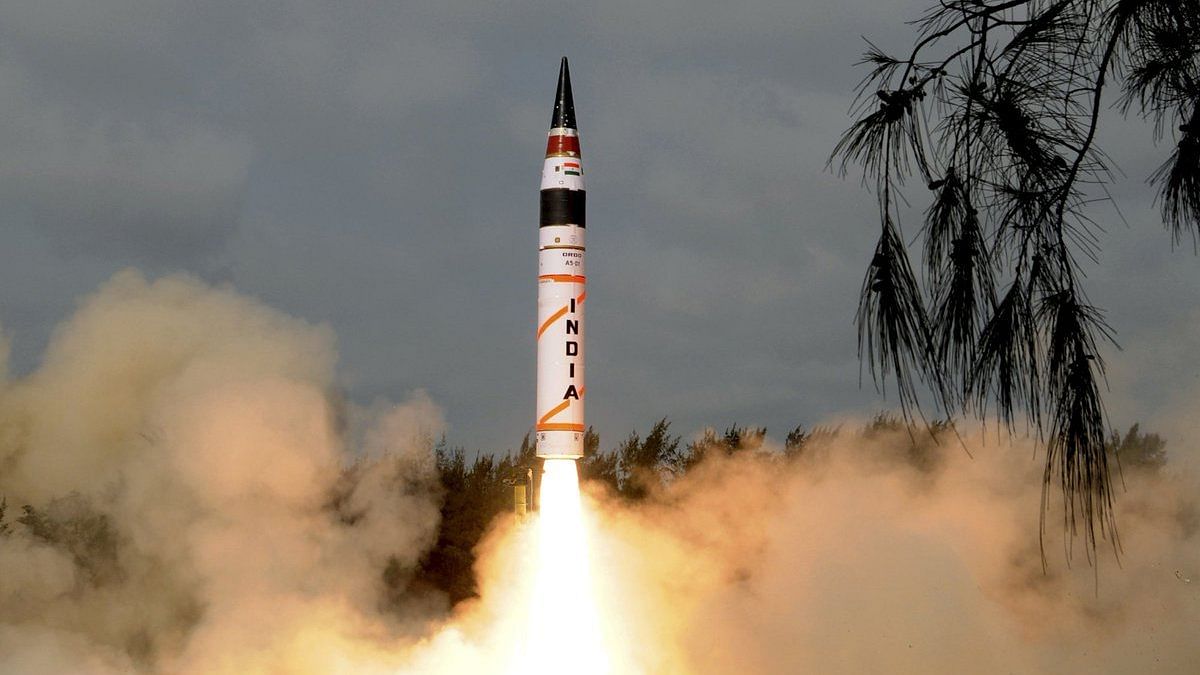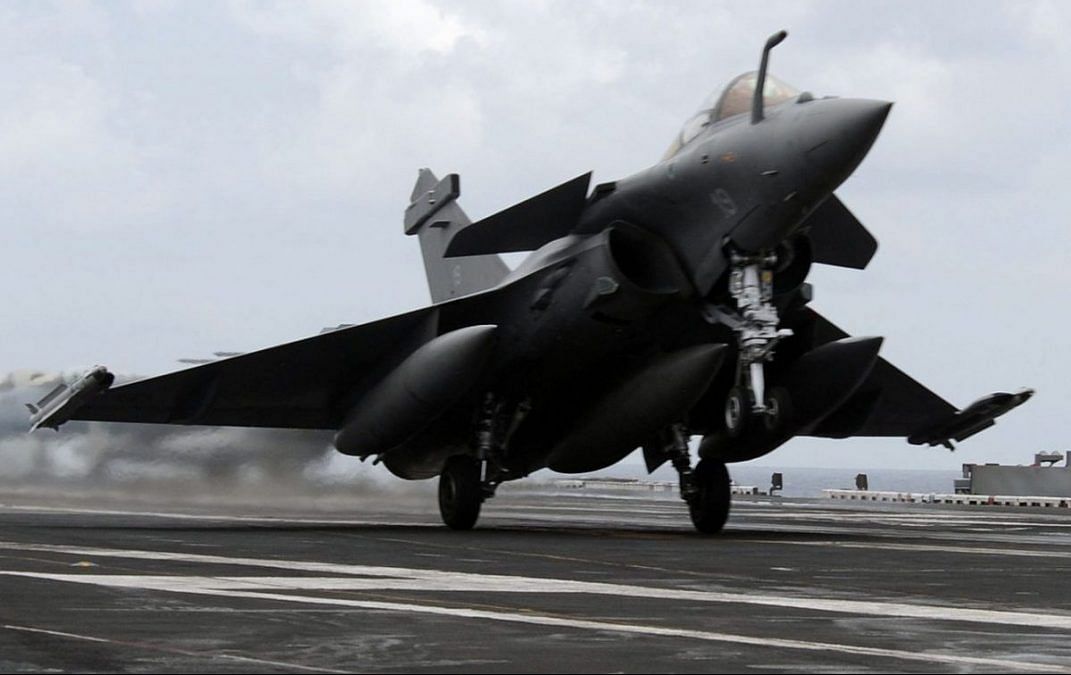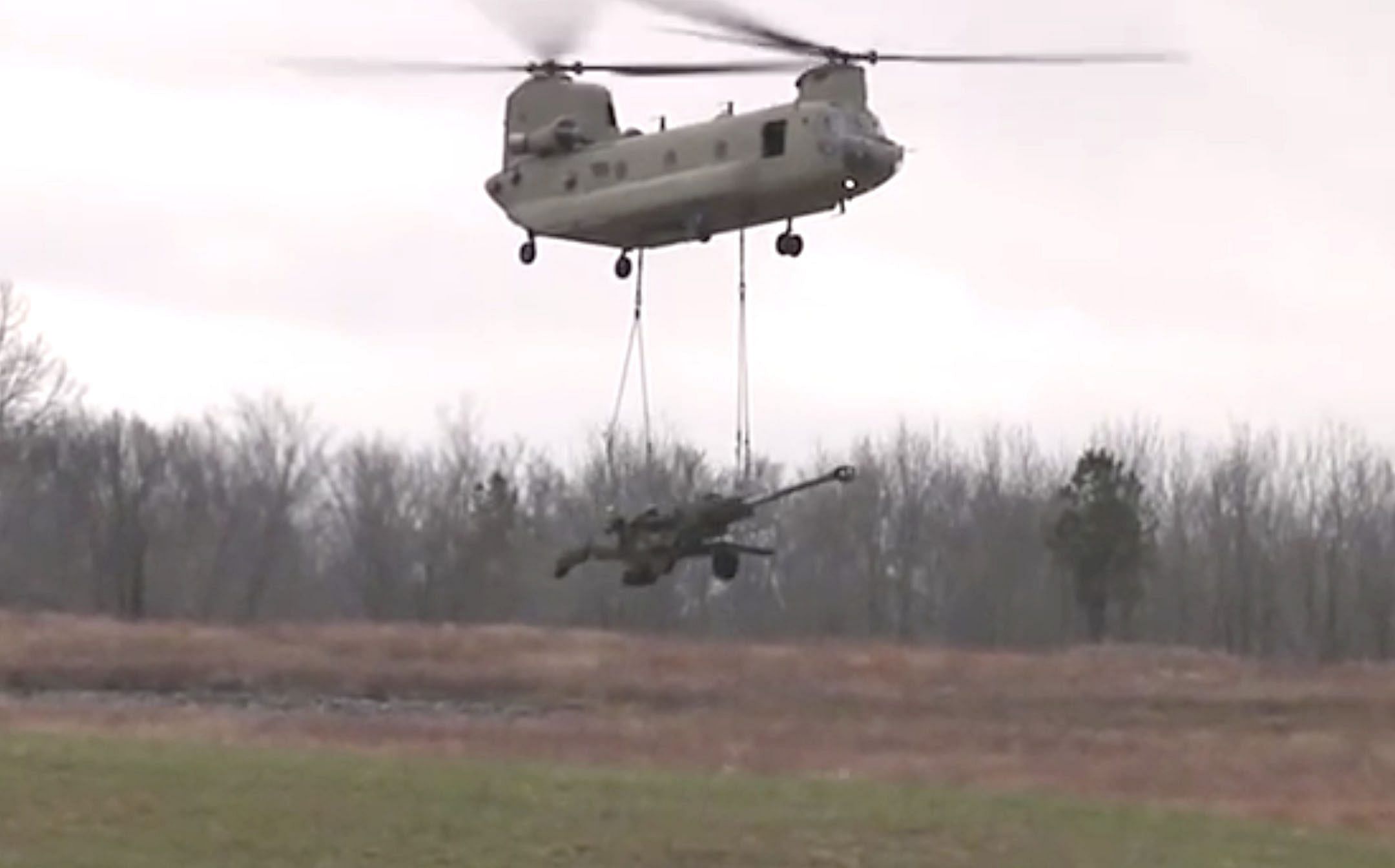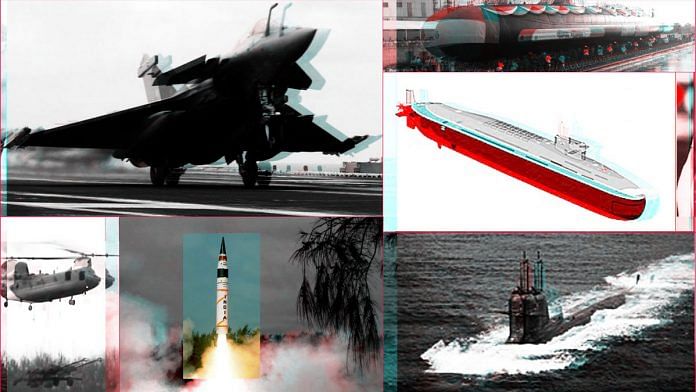From a stealth ship, an out-and-out attack helicopter to the controversial Rafale jets, the Indian military is set for some high-profile upgrades this year.
New Delhi: This year promises to bring about some decisive and much-needed capability enhancement for the Indian military, with some top-of-the-line inductions scheduled over the next 12 months.
ThePrint reviews some of the big inductions.
Agni-5
The nuclear capable inter-continental ballistic missile Agni-5, with a range of over 5,000 km, has completed all developmental trials and is scheduled to be inducted into the Strategic Forces Command this year.
A three-stage missile, the Agni-5 is 17 m in height, two metres wide and capable of carrying 1.5 tonnes of nuclear warheads.
Unlike the other missiles of the series, Agni-5 is the most-advanced in terms of navigation and guidance, warhead and engine.
For accuracy, the missile is guided by an on-board computer with the support of a Ring Laser Gyro-based Inertial Navigation System, the Micro Inertial Navigation System, fully-digital control system and advanced compact avionics.

VC11184
Indi’s secretive missile tracking ship, being built for the National Technical Research Organisation (NTRO), is set to be inducted this year.
Given that the keel of the sophisticated ship was laid on 30 June 2014, experts say it remarkable that it is getting inducted in the quickest time possible.
INS Arighat
The INS Arighat, the second of the Arihant-class nuclear attack submarines, is set to be part of India’s arsenal this year.
The submarine will allow the Indian Navy to maintain high deterrence patrol in the waters surrounding the country as the INS Arihant alone could not do the job completely.
With the induction of INS Arihant, India had completed the nuclear triad.
INS Khanderi and INS Karanj
The second and third vessels of the Kalvari-class submarines will beef up India’s underwater capability. A total of six Kalvari-class submarines are to be built under Project P75.
Rafale
In September 2019, the Indian Air Force will finally get its hands on its first Rafale fighter jet after a gruelling wait of nearly 19 years.
With the latest avionics and missile system, the Rafale jets, with the tail number initials of RB, named after Air Marshal Rakesh Bhadauria, and BS, named after Air Chief Marshal B.S. Dhanoa, will be the most potent aircraft in the IAF inventory.
The Indian Rafale comes with 13 India-specific enhancements and includes Israeli helmet-mounted displays, ability to start at cold bases such as Leh, better radar, better detection and survival features among others.

Apache AH-64 E
The first Apache attack helicopter, India’s first pure attack helicopter, is set for delivery in March. Considered to be one of the most deadly attack helicopters in the world, Boeing has sold over 2,200 of these machines since 1984.
The Indian Apache is the latest version of the attack helicopters that have seen action in Somalia, Iraq and Afghanistan.
The Apache comes with a 30-mm cannon under the nose that can fire 1,200 rounds in less than two minutes. It is also equipped with 70-mm rockets that can be guided or unguided. The Apache can carry 80 of them in one go besides the Hellfire missiles.
Together with the on-board avionics, these missiles can identify, track, and hunt targets in the dead of night.
While India has been operating the Russian Mi-35, on the verge of retirement, it was an assault chopper. It was designed to carry troops into heavily-defended territories whereas the Apache is an out and out attack helicopter.
Chinook CH-47F (I)
The Chinook, a multi-role, vertical-lift platform, which is used for the transport of troops, artillery, equipment and fuel, is scheduled for induction from July this year.
It is also used for humanitarian and disaster-relief operations, in missions such as transportation of relief supplies and mass evacuation of refugees.
The Chinooks will have the capability to airlift the M777 lightweight howitzers that the Indian Army is buying. This means that these artillery guns can be taken from one position to another using the helicopter, even if it is inhospitable terrain.
While the original Chinook first flew in 1962, it has undergone several upgrades.
M777 and K9 Vajra
The first regiment of the much anticipated M777 light-weight howitzers and the K9 Vajra will be operationalised this year, providing much-needed relief to the Indian Army’s artillery fire power.
Notably, these are the first artillery gun purchases since the Bofors gun.

Big ticket deals that could be signed this year
Lease of second nuclear submarine from Russia
India and Russia could sign the contract for the lease of the second nuclear submarine following the Akula-II class submarine INS Chakra.
The INS Chakra is an 8,140 tonne nuclear -powered submarine that was leased to India for a 10-year period. INS Chakra was commissioned into the Indian Navy in April, 2012.
Medium Role Helicopters for Indian Navy
India and the US could as early as mid-January sign a government-to-government deal for 24 Lockheed Martin-Sikorsky MH60 Romeos helicopters for the Indian Navy.
The deal is priced around $2 billion. The MH-60 ‘Romeo’ Seahawk helicopters are advanced naval machines equipped with sophisticated combat systems — sensors, missiles and torpedoes — to track and hunt enemy boats. The Navy is hopeful that the first helicopter will be delivered this year.







Nice to see that now our army is getting so many equipment and they can fight to anyone.these are the major changes in india defence system so now enemy think 100 times before attack in india. Surgical strike and surgical surgical strike 2.0 has proven that we will not keep silent if you try to make loss in india. It is possible in Modi govt to end of terrorism and terrorist from terrorist country such as pakistan. Tumhara baap baitha hai india ka pm banke. Sudhar jao nhi sb k sb mare jaoge. Jai hind, jai bharat
For past 60 years governments were spending almost 2.5% of GDP on weapons, but none was modernised or inducted in Indian Army, all money is siphoned off in huge corruption. Now the present govt is spending only 2.4% of GDP and could modernised the much needed Indian Army old equipments. So much they could do because of no corruption. At one time almost 7-8 years ago in 2012-13, India has weapons to be in one front war for just 7 days.
India has great threat from factory of terrerorism as all know all global terrorists are from Pakistan only. Why?? Because it is a special dedicated task of their govt. to produce terrorists and ask for funds from global community to finish them in 70 years millions of dollars were given by US all Muslim friends but none of the terrorist organisation has stopped functioning.
India needs weapon to fight proxy war from pakistan and China has already captured huge part of Indian Kashmir, and always be a threat for India, If compared to China India doesn’t even have 1/10th of weapons. Much of modernisation is still needed and world should understand that, India is peace loving country and never attacked first on any country in past 100years. Weapons are not to harm the innocent, but to curb the menace of terrorism.
Looks like there are lot of anti nationalist assholes around here.
You don’t know what the hell is happening at our borders so don’t tell what to do and what not to do.
If you want to give your suggestions I say first become a part of any armed force of India and if you have just go and stand at the border for only one day then we will see.
And I appreciate the government’s initiative to modernize our armed forces it is the need of hour.
Indian military buildup is creating a serious security dilemma among the regional states, particularly for Pakistan and China in order to bring maximum damage to these states. This buildup can affect the economic and security situation of the region. India’s belligerent statements, its doctrinal changes, military buildup, nuclear adventures and most importantly its firing at the LOC are practical manifestations of its offensive posture and overconfidence in its conventional force superiority. It would in fact make the regional stability more fragile and would make the other regional actors to seek for alternatives in order to respond to India’s everyday military developments the same way and to maintain the regional stability.
Pakistan’s major security threat comes from India whose political elite is pursuing a destabilizing military build-up to become a regional hegemon. International community has economic interests in selling weapons to India, but is ignorant of the fact that sophisticated weapons in wrong hands is dangerous for global stability. Besides, arms race and imbalance of power in the region can have serious consequences. India has nefarious designs to destabilize Pakistan and weapon procurement is direct threat to the regional security.
The international community should not remain silent on this development. Because silence of international community will encourage India to move further for such kind of advancements. Resultantly, it would become imperative for the competitors of India in the region to acquire at least same or may be upgraded kind of weaponry in order to maintain equal capabilities. Moreover, the international community should also be mindful of the fact that Pakistan only state in the region, which is fighting against terrorism not only for its own sake but to ensure the peace at a global level. Considering the precious sacrifices that have been given by Pakistan in the war against terrorism, the international community should take such measures to refrain India from committing irresponsible actions against Pakistan that could be disastrous to the security and stability of the region.
India has world’s largest number of poor population. Hundreds of thousands people live under the poverty line. Instead of lifiting economic conditions of these helpless people, BJP government is busy with misplaced priorities. Not defense but the lives of people are at stake. It needs prioritization rather than blind arms race.
Abbe tu zinda rahega tavi tho ja k poor ko dekh payega desh mai agar dushman guss gaya tho poor se pura vikari aur chaprasi bana dega.
The foregoing establishes conclusively India’s hegemonic ambitions in South Asia. The historical record reinforces this conclusion. The way India tried to destabilise Pakistan soon after the partition through the delay in sharing cash balances with Pakistan, cutting off the supply of river water from two headworks under its control in 1948, and the stoppage of trade with Pakistan in 1949 because of the latter’s refusal to devalue its currency were early examples of India’s hegemonic ambitions.
More dangerous is the addition to Indian Department of Space has also launched 209 foreign satellites. These developments in space program indicate Indian inclination for going beyond the limits of the sky. For achieving its objectives in outer space, India is pursuing relations with the West. This very cooperation has formed the basis of its access into major export cartels. So far, India has successfully managed entry in to two major export cartels; one is Missile Technology Control Regime (MTCR) and second is Wassenar Arrangement (WA). Entry into these two export control regimes would open gates of massive opportunities for Indian Space Program as they deal with sensitive space and satellite technologies.
Indeed it is impressive. But from a newspaper like yours and especially from your expert on military issues we expect answers to simple questions. Does not the Indian defense rest on clay feet? Before you fantasize your readers should not we wonder if the soldiers who camp on the heights of the mountains of the North have the strict minimum? Should we not settle simple questions such as the appointment of a Chief of Staff? What do you think of the quasi-admiration for military doctrines that are not adapted to the context of the subcontinent? In conclusion you should have published an article about what was not done. Here is the essential !!!